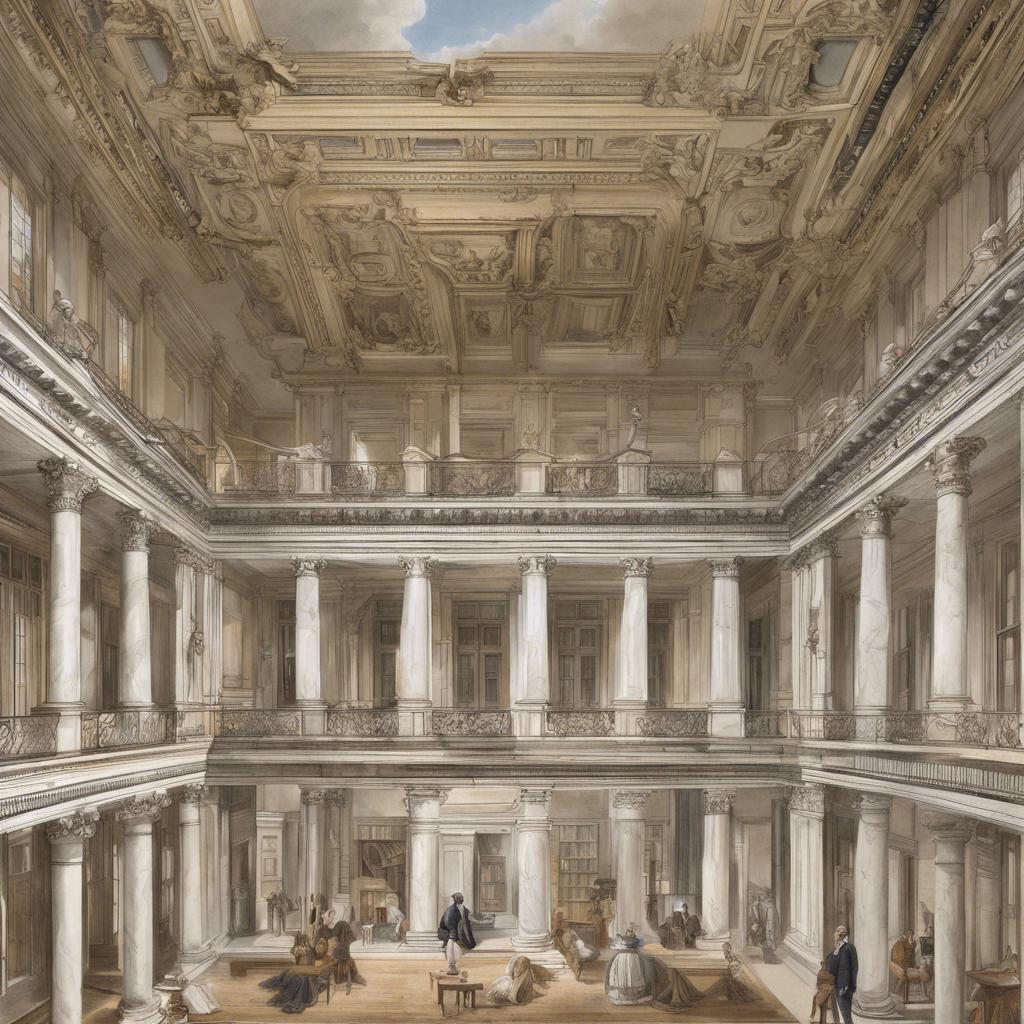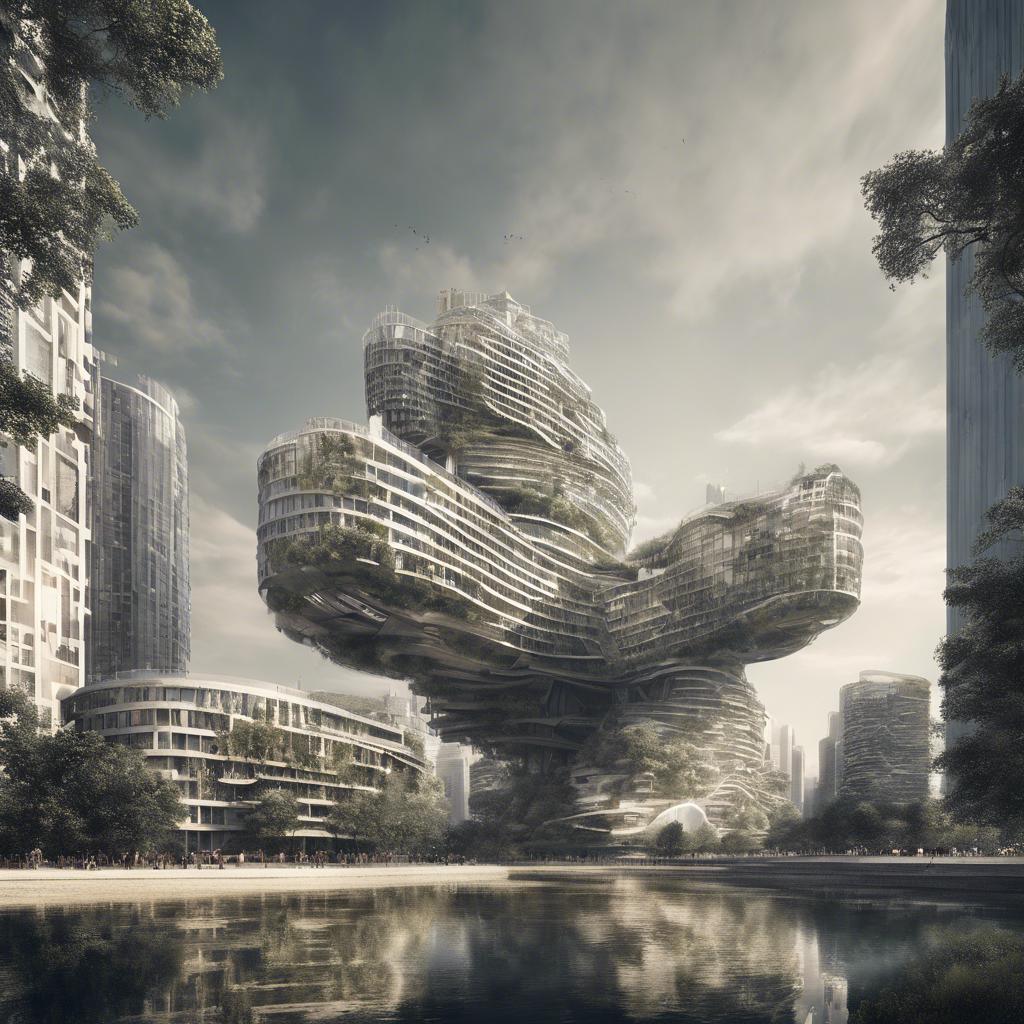The regency era, spanning from 1811 to 1820, marked a time of significant architectural evolution in the history of Great Britain. Characterized by a fusion of classical and romantic styles, regency era architecture reflects the societal, political, and cultural changes of the period. From grand country estates to elegant townhouses, the buildings of this era stand as enduring symbols of sophistication and luxury. In this article, we will delve into the distinctive features and influences of regency era architecture, shedding light on the legacy of this unique period in British design history.
Step Into the World of Cheryl Bolen
Dive into the enchanting stories of love, intrigue, and elegance set in the Regency Era. Cheryl Bolen's novels offer timeless romance and captivating tales that will leave you wanting more.
Explore Cheryl Bolen's Books Now
Regency Era Architecture: A Detailed Overview of Neoclassical Influences
The Regency Era, spanning from 1811 to 1820, was a period characterized by a revival of classical architectural styles that drew inspiration from ancient Greece and Rome. Neoclassical influences were prominent in Regency architecture, with a focus on symmetry, proportion, and grandeur. This era marked a shift from the elaborate designs of the preceding Georgian period to a more restrained and elegant aesthetic.
One of the key features of Regency architecture was the use of classical elements such as columns, pilasters, and pediments. Buildings were often adorned with intricate detailing, such as friezes, cornices, and balustrades, reflecting the ideals of order and harmony found in classical architecture. The exteriors of Regency buildings were typically made of stone or stucco, giving them a timeless and dignified appearance.
Interior spaces in Regency buildings were designed to be spacious and light-filled, with high ceilings and large windows. Rooms were often decorated in a simple yet refined style, featuring classical motifs such as Greek key patterns and meander borders. Furniture and decor were elegant and classical in design, reflecting the overall neoclassical influence of the era.
Key Features of Regency Era Architecture: Elegance, Symmetry, and Grandeur
The Regency Era architecture is characterized by its elements of elegance, symmetry, and grandeur. Buildings from this period showcase intricate detailing, balanced proportions, and a sense of opulence that was popular during the early 19th century.
One key feature of Regency Era architecture is the use of delicate ornamentation, such as intricate moldings, elegant columns, and decorative friezes. These details add a sense of refinement and sophistication to the buildings, making them stand out as symbols of wealth and status.
In addition, the emphasis on symmetry in Regency Era architecture creates a sense of harmony and balance in the design of buildings. The facades of Regency buildings often feature symmetrical layouts, with evenly spaced windows and doors, creating a pleasing aesthetic that is both classic and timeless.
Noteworthy Regency Era Architectural Landmarks to Visit
In the enchanting world of Regency era architecture, there are numerous breathtaking landmarks waiting to be explored. These iconic structures showcase the elegance and grandeur of the early 19th century, transporting visitors back in time to a period of opulence and sophistication.
One such magnificent landmark is the Royal Pavilion in Brighton, England. Built for the Prince Regent, who later became King George IV, this exotic palace boasts a unique blend of Indian and Chinese architectural styles. Visitors can marvel at the intricate domes, minarets, and lavish interiors that make this seaside retreat a true masterpiece of Regency architecture.
Another must-visit landmark is the iconic Bath Assembly Rooms in Somerset, England. Designed by the renowned architect John Wood the Younger, these elegant ballrooms and social spaces were the heart of Bath’s social scene during the Regency era. Step back in time as you admire the stunning Georgian interiors and imagine the lavish parties and gatherings that once took place within these historic walls.
Expert Tips for Identifying and Appreciating Regency Era Architectural Elements
When studying Regency Era architecture, it is important to pay attention to specific elements that define this period in history. One key feature to look out for is the use of symmetrical designs, with an emphasis on balance and proportion. This can be seen in the layout of windows, doors, and columns in a building.
Another characteristic of Regency Era architecture is the incorporation of classical elements, such as Greek and Roman influences. This can be observed in the use of columns, pediments, and friezes in the design of buildings. These elements were often used to create a sense of grandeur and sophistication in architectural design.
One of the best ways to appreciate Regency Era architecture is to visit historical buildings and landmarks from this period. Take note of the intricate detailing, elegant proportions, and classic motifs that define this architectural style. By studying these elements closely, you can gain a deeper appreciation for the craftsmanship and artistry of Regency Era architects.
Insights and Conclusions
the regency era was a time of great innovation and inspiration in the realm of architecture. The elegant and refined style of regency architecture continues to be admired and imitated to this day, serving as a lasting testament to the creativity and skill of the architects of the time. As we continue to study and appreciate the buildings and structures of the regency era, we gain a deeper understanding of the artistic and cultural influences that shaped this remarkable period in history. Let us continue to cherish and preserve these architectural gems for future generations to admire and appreciate.


